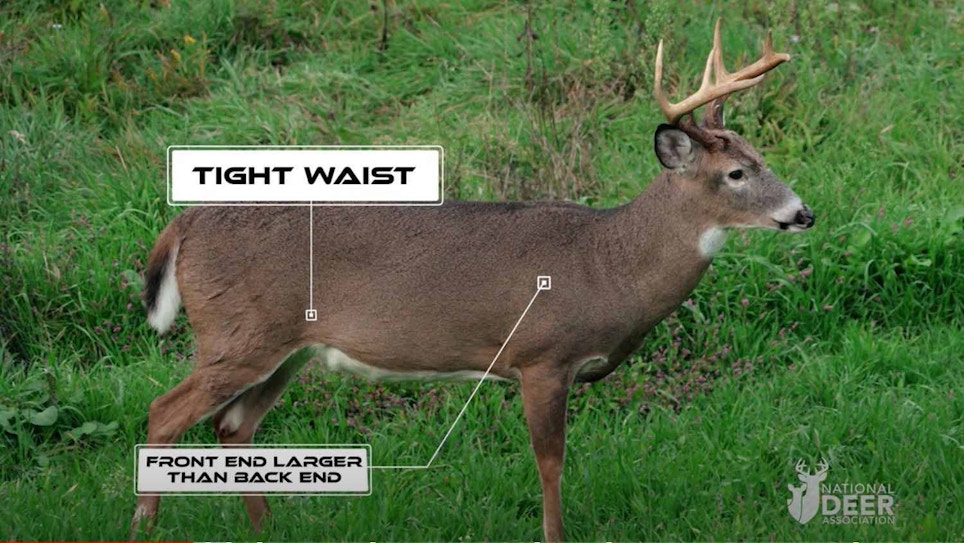Depending on where you pursue whitetails and your goals as a hunter, judging a buck’s age could be a valuable skill.
I spend the vast majority of my time in the field in western Wisconsin and eastern South Dakota, and frankly it matters little whether I can distinguish between 3.5-, 4.5- and 5.5-year-old bucks. I bowhunt a mix of private and public properties, and on my Wisconsin ground I rarely see bucks older than 2.5. On my South Dakota ground, I will encounter bucks of 3.5 and perhaps older, but I’m not passing a 3.5-year-old because “he might really blow up next year.”
If you own or have access to private land where you pass on 3.5-year-olds because you have a reasonable chance of a shot opportunity at a 4.5 or older buck, then I hope you are thankful. In my experience, not many deer hunters have this luxury.
Even though accurately judging buck age might not be an important skill for your hunting situation, it’s still fun and interesting to learn all we can about whitetails. For that reason, I’m highlighting this 31-minute educational video from the National Deer Association (NDA).
The NDA video was produced in partnership with The Bearded Buck, and uses excellent footage of dozens of live, wild whitetail bucks. NDA Chief Conservation Officer Kip Adams hosts the video, and he provides specific body characteristics to look for when determining a buck’s age. In my opinion, the most valuable aging tip provided by Adams is this: On a 3.5-year-old buck, the deer’s front end is larger than the back end, which isn’t the case on a 2.5-year-old. A 3.5-year-old also has a tight waist (see photo above). He calls it a “racehorse appearance.”
At the 9:20 mark of the video, Adams sets the stage for a buck aging test. This test allows you to estimate the age of 20 wild bucks, none of which were seen previously in the video. Adams admits that estimating buck age in the field isn’t an exact science. Perhaps you’ll disagree with one or more of his answers.
Suggestion: The next time you’re hanging out in deer camp with your hunting buddies, watch this YouTube video and take the buck aging test. Make everyone right down their answers before Adams provides his insight. Maybe the winner gets first pick of treestands the following day?






